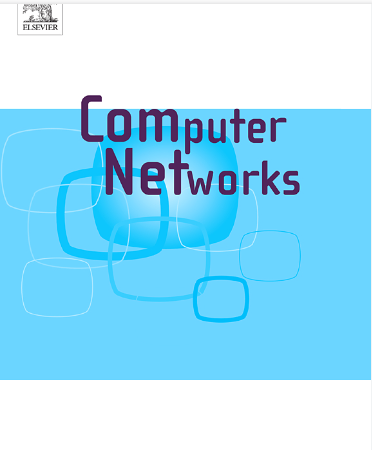Exploring the dynamic symbiosis of urban mobility and 5G networks
IF 4.4
2区 计算机科学
Q1 COMPUTER SCIENCE, HARDWARE & ARCHITECTURE
引用次数: 0
Abstract
The interdependence between urban mobility and 5G networks can bring several advantages for both domains. By exploring this dynamic symbiosis, we can uncover opportunities to enhance the performance, efficiency, and safety of urban transportation systems while leveraging the capabilities of 5G networks to provide strong connectivity, high data rate, and low-latency communications. This work explores their relationship and shows that we can use the urban mobility data of vehicles on the roads to predict the mobile communication network usage, and the opposite, the network data to predict the urban mobility. We analyze the correlation between urban mobility and the mobile communication network usage, finding strong correlations between the number of vehicles in each road direction, measured by the radars, and the usage of 5G base stations nearby. We then use the information from the radars data to predict handovers between different 5G gNBs and the network traffic, and vice versa, using techniques like LightGBM. We generate a mobility metric using Principal Component Analysis (PCA), and we infer the mobility data from 5G network data and vice versa, creating areas of interest by grouping nearby 5G stations and radars. We observe that, in most cases, we can achieve good results in the inference and prediction using LightGBM. This is extremely relevant to adapting the network resources in dynamic 5G slices while also predicting urban load and adapting the traffic management on the roads.
求助全文
约1分钟内获得全文
求助全文
来源期刊

Computer Networks
工程技术-电信学
CiteScore
10.80
自引率
3.60%
发文量
434
审稿时长
8.6 months
期刊介绍:
Computer Networks is an international, archival journal providing a publication vehicle for complete coverage of all topics of interest to those involved in the computer communications networking area. The audience includes researchers, managers and operators of networks as well as designers and implementors. The Editorial Board will consider any material for publication that is of interest to those groups.
 求助内容:
求助内容: 应助结果提醒方式:
应助结果提醒方式:


